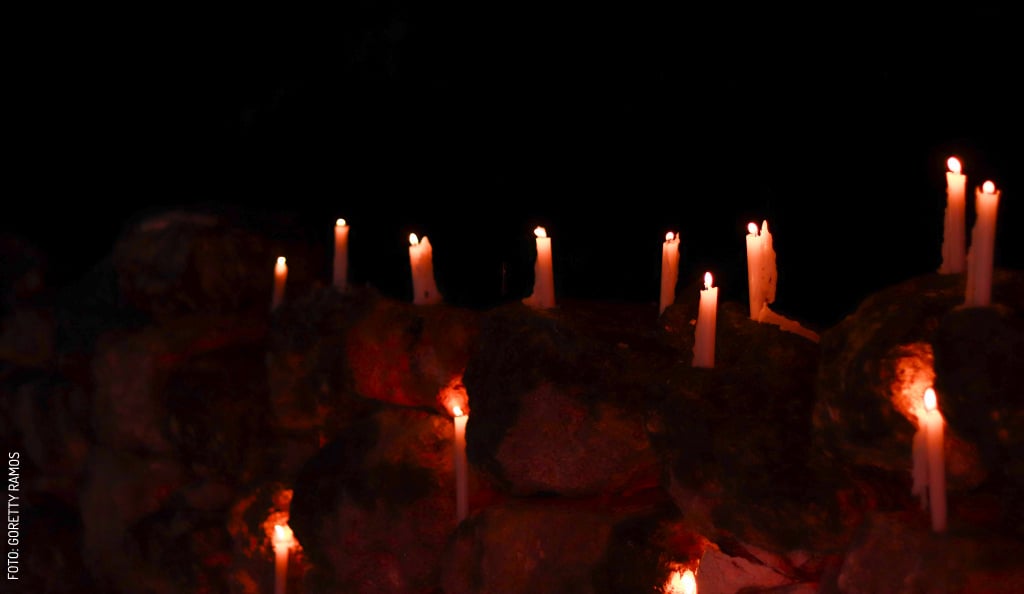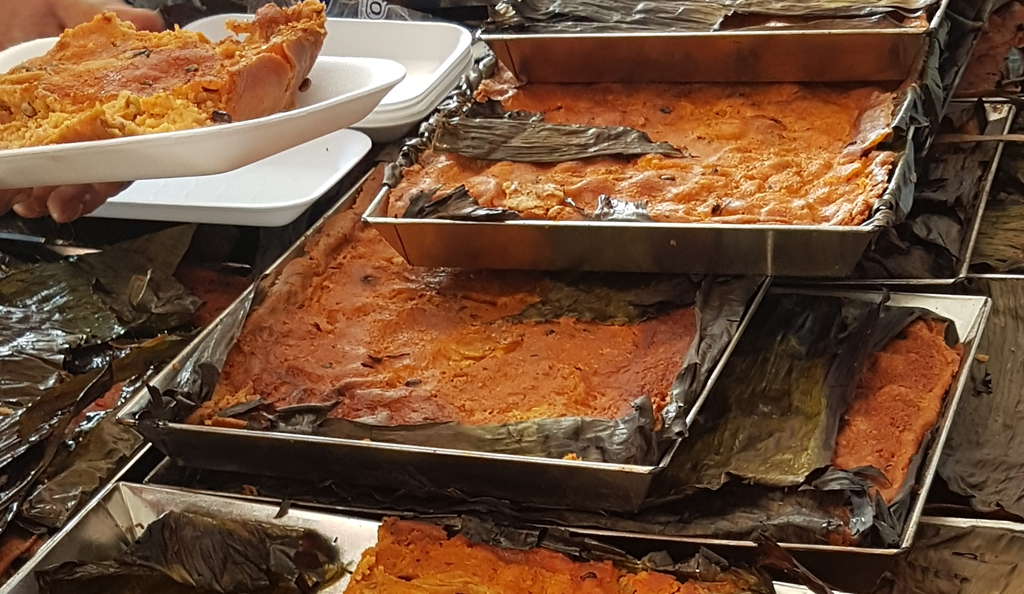
Yucatecan “Soul Food” for Janal Pixan
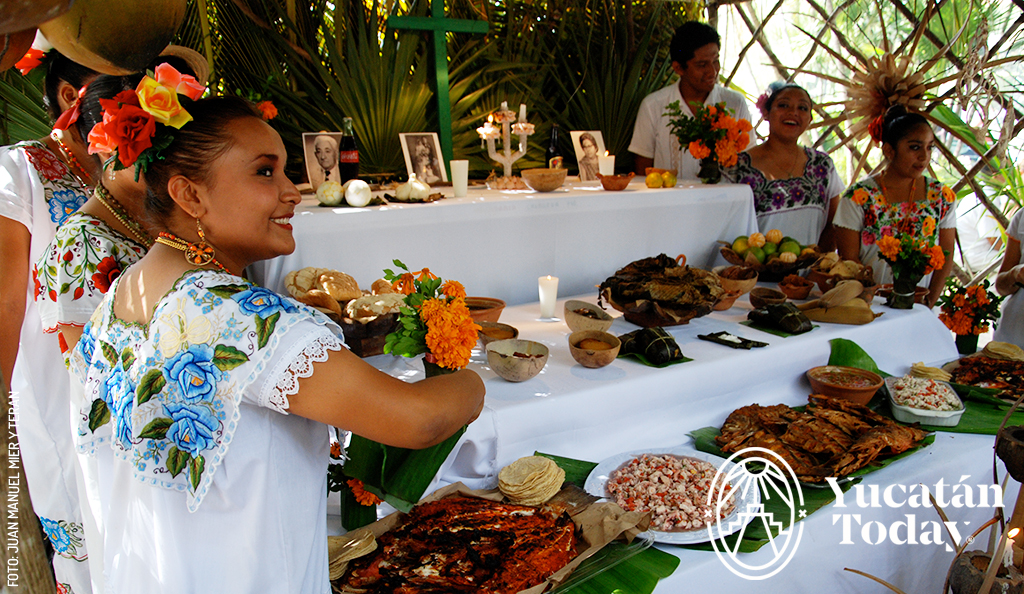 One thing we have to look forward to - and fall back on - are the traditional foods of this season and the Janal Pixan festivities in Yucatán. This Maya holiday has not only survived, but it’s as strong as ever. It has successfully faced the challenge of “foreign” influences like the Day of the Dead from central México and even the orange behemoth that is Halloween.
One thing we have to look forward to - and fall back on - are the traditional foods of this season and the Janal Pixan festivities in Yucatán. This Maya holiday has not only survived, but it’s as strong as ever. It has successfully faced the challenge of “foreign” influences like the Day of the Dead from central México and even the orange behemoth that is Halloween.
Janal Pixan means food of the spirits and this - the food - is precisely what we Yucatecans, and so many who have come to call Yucatán home, await with great anticipation each year. The food is prepared for the souls of those who have passed on and who return to this plane to imbibe in earthly pleasures, skulk around a bit, and then return to their ethereal world. Once they’re gone and have spiritually feasted on the offerings laid out on altars simple or grand, those of us still here are able to partake in these delicacies.
The Showstopper: Mukbilpollo
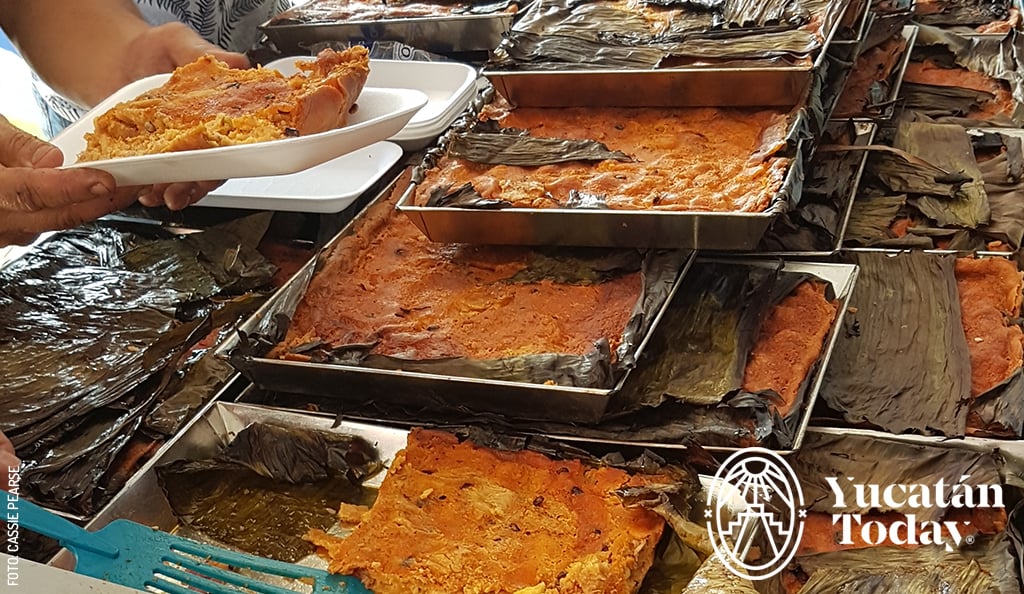 The main attraction, the bombshell on the red carpet of Janal Pixan-dom if you will, is our beloved Mukbilpollo (mook-beel-POY-oh) . This is a hybrid name consisting of two Maya words: Muk and Bil; as well as Pollo, which as anyone who has watched Breaking Bad knows, is chicken en español.
The main attraction, the bombshell on the red carpet of Janal Pixan-dom if you will, is our beloved Mukbilpollo (mook-beel-POY-oh) . This is a hybrid name consisting of two Maya words: Muk and Bil; as well as Pollo, which as anyone who has watched Breaking Bad knows, is chicken en español.
Mukbilpollo means “buried chicken” which is a rather unfortunate term and does not sound at all appetizing. However, buried in this case actually means baked in an underground oven, and it’s the traditional cooking method used by many cultures, including the Maya. In Yucatán, this oven is called the Píib (PEEB) . The recipe’s alternate and less-common name Pibil Pollo (pee-BEEL POY-oh), is more evocative of what is actually going on, which is that the chicken is cooked underground. As a matter of fact, a great majority of people simply refer to the dish as Pib.
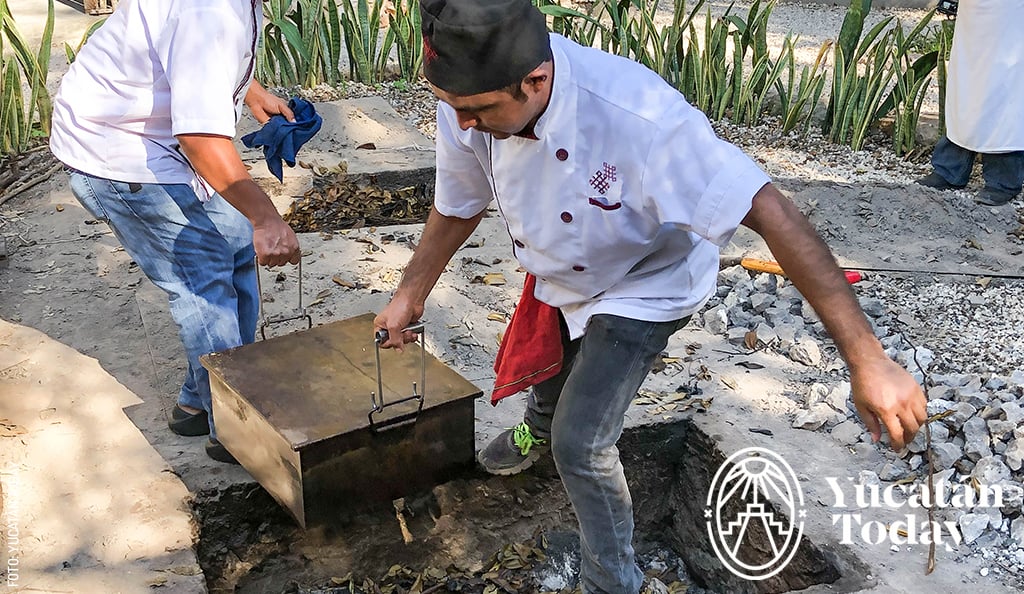 But it’s more than just a chicken, plucked and stuffed into a hole on fire. It’s so much more. The chicken is chopped up and these days, a few bits of pork are added as well and mixed into a corn Masa. It’s seasoned with pork lard, Achiote, tomatoes, onions, and some other spices particular to each family. The soft dough containing the meat is pressed into a rectangular tin pan (you can find these on display at any decent market) previously lined with fresh banana leaves. The Tamal, as this is what you are preparing, can also be placed in the pit simply wrapped in banana leaves, without the tin, in smaller rounded versions. Then it’s baked for an hour or more, depending on its size, in the previously prepared pit filled with red-hot stones and covered in earth to prevent any heat from escaping.
But it’s more than just a chicken, plucked and stuffed into a hole on fire. It’s so much more. The chicken is chopped up and these days, a few bits of pork are added as well and mixed into a corn Masa. It’s seasoned with pork lard, Achiote, tomatoes, onions, and some other spices particular to each family. The soft dough containing the meat is pressed into a rectangular tin pan (you can find these on display at any decent market) previously lined with fresh banana leaves. The Tamal, as this is what you are preparing, can also be placed in the pit simply wrapped in banana leaves, without the tin, in smaller rounded versions. Then it’s baked for an hour or more, depending on its size, in the previously prepared pit filled with red-hot stones and covered in earth to prevent any heat from escaping.
The almost ceremonial manner in which the Pibes are unearthed once the desired done-ness has been reached - there is no hard and fast rule - practice makes perfect - is a magical experience to behold. The earth is scraped away, the sheet of tin or metal covering the hole is removed, and the Tamales are gently uncovered, their fragrance making everyone’s mouths water involuntarily.
Once cooled sufficiently, some are placed on the altar for the spirits, and the rest are eagerly devoured by the living. The crunchy exteriors, baked to perfection, contrast with the soft interiors, which range from doughy to runny. In an ideal world, the person you are sharing your Mukbilpollo with will prefer the runny bits, so you can enjoy the crunchies, or vice versa.
Here for the Sides
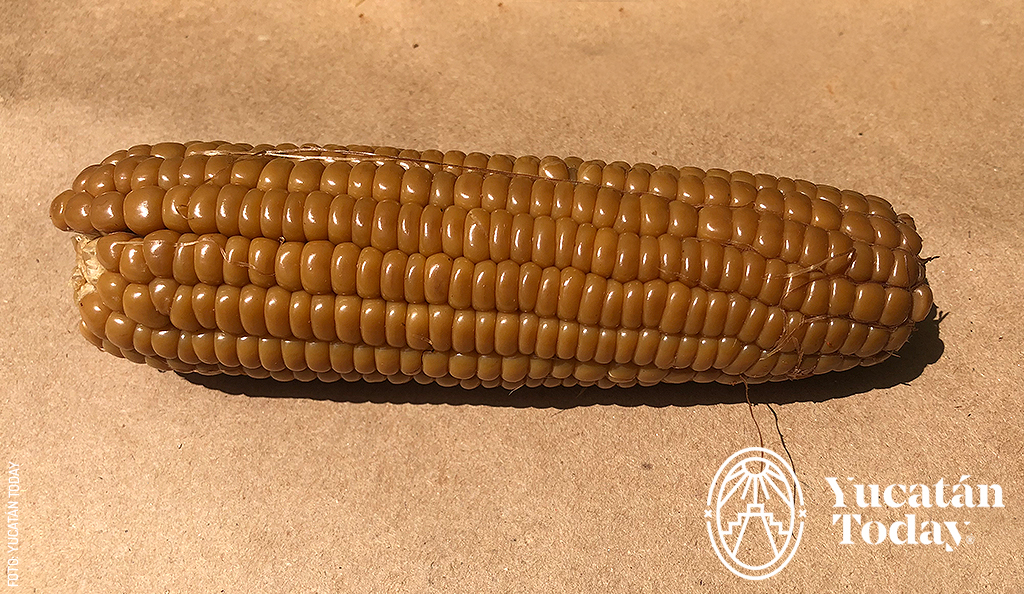 Having dealt with the main attraction, I would be remiss not to mention other foods that are traditionally associated with our Janal Pixan celebrations.
Having dealt with the main attraction, I would be remiss not to mention other foods that are traditionally associated with our Janal Pixan celebrations.
The Pib is commonly served with a refreshing salad made of jicama, citrus, and cilantro. This is called a Xe'ek' (SHEK – like Shrek without the R) and in Maya means a tossed-together mix of things.
You may also find or hear of Pibinal (pee-bee-NAHL) which, as can be derived from its Maya name is Nal (corn) also cooked in the underground pit oven (Pib). This is tender young corn on the cob, heated in the Pib until toasty and golden around the edges (ok, blackened in most cases), and nibbled on with great enjoyment.
Traditional Drinks and Sweets
There is even a dessert that can be cooked in a Pib. Calabaza Melada, or pumpkin squash in syrup, is made by tossing a couple of squashes into the hot oven, cooking them until soft, and when taken out they are eaten as dessert. What makes them sweet? Stuffing them with honey or sugar before cooking, so that their caramelized, bubbly aroma will add another dimension to the already enticing smells in the air.
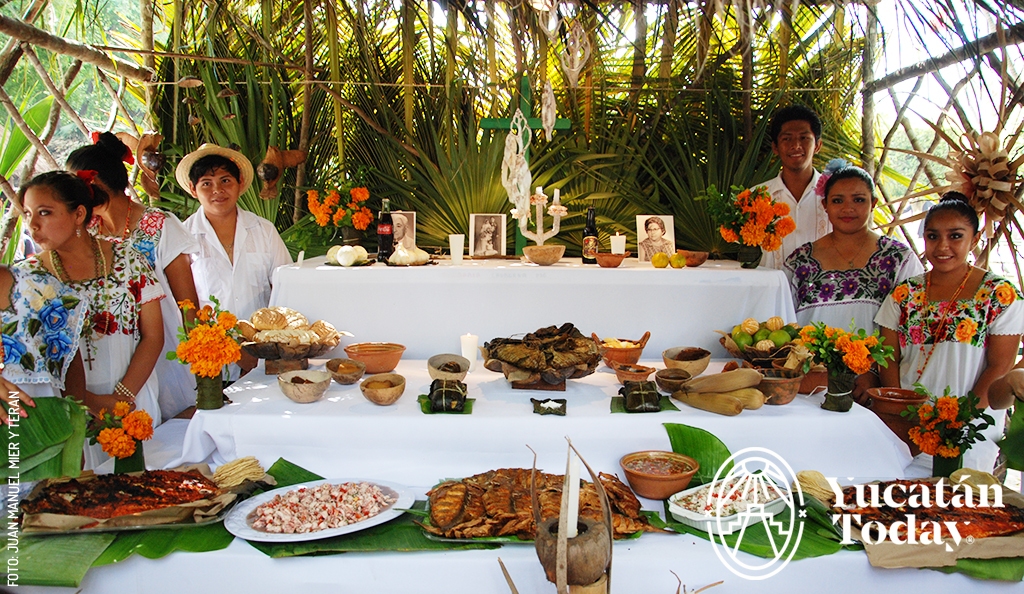 You’ll also find hot chocolate placed on many altars. But a traditional drink that might require some getting used to for palates more accustomed to sweetened and/or carbonated beverages, is Atole Nuevo. This is where the kernels from tender young corn are ground and cooked until soft. The resulting drink is seasoned with Chile Max and a touch of salt if you like savory, or sugar if you like sweet. The thick chewability of the drink suggests that this was the first smoothie on the continent. Who knew?
You’ll also find hot chocolate placed on many altars. But a traditional drink that might require some getting used to for palates more accustomed to sweetened and/or carbonated beverages, is Atole Nuevo. This is where the kernels from tender young corn are ground and cooked until soft. The resulting drink is seasoned with Chile Max and a touch of salt if you like savory, or sugar if you like sweet. The thick chewability of the drink suggests that this was the first smoothie on the continent. Who knew?
Finally, note that you will possibly see, on the altars honoring the deceased, a selection of breads and perhaps, in the case of children, brightly-colored candy skulls. These are influences from central México’s Day of the Dead and are not part of the original Maya Janal Pixan tradition; but, they have become an integral part of the festivities.
Much like the Norteamericanos who look forward to Thanksgiving with its comfort foods and familiar moments, we Yucatecans appreciate and are thankful for this delicious tradition, where we can feast surrounded by loved ones and fondly recall those who have gone on before us. ¡Buen provecho!
Photography by Yucatán Today and Juan Manuel Mier y Terán for its use in Yucatán Today.
First published in Yucatán Today digital magazine no. 394, in October 2020.
Last updated in September 2025.

Author: Ralf Hollmann
A bonafide Yucatecan born in Germany and raised in Canada, with a degree in Hospitality and Tourism from the British Columbia Institute of Technology and an occasional source of sometimes-deserved snark, Ralf has experience traveling, leisure tourism, copyediting, creative writing. He also plays the guitar and enjoys taking photos. IG: ralf.around.the.world
In love with Yucatán? Get the best of Yucatán Today delivered to your inbox.
Related articles
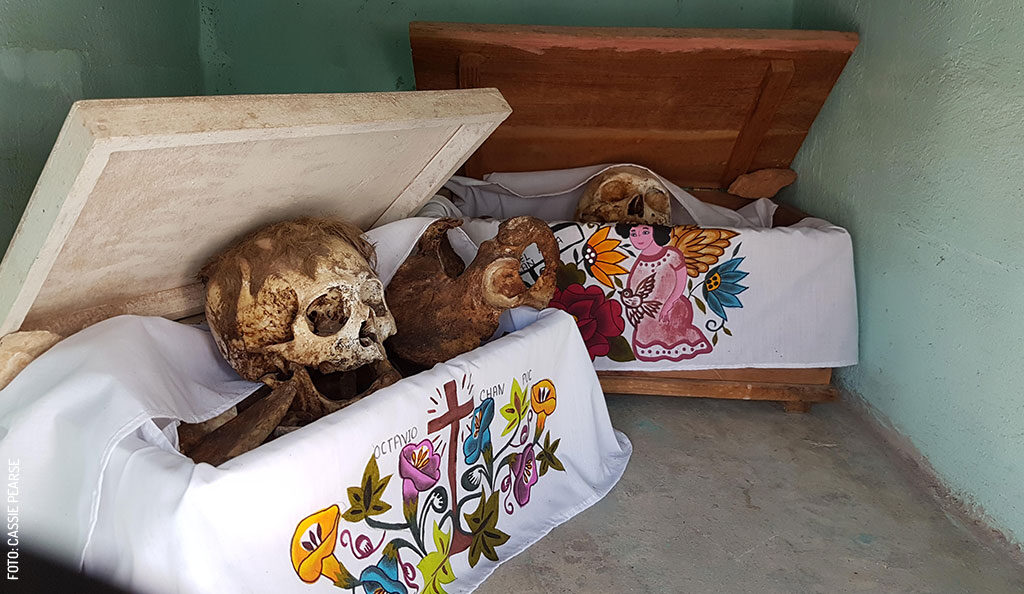
A Festival of Life and Death in Pomuch, Campeche
Experience the fascinating funeral traditions of Pomuch, Campeche, where human remains are treated with unique respect and ceremony.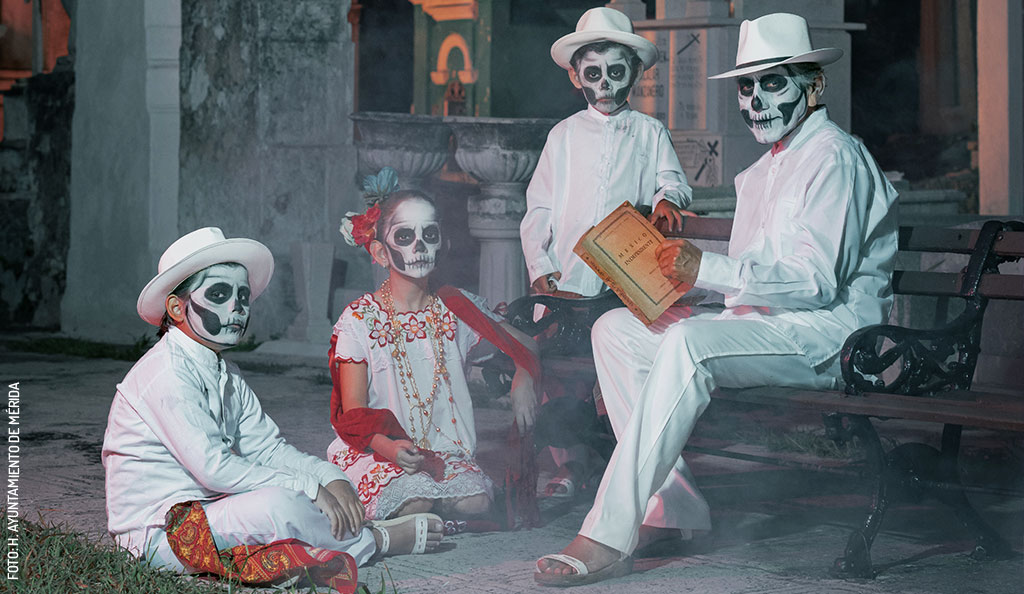
The 2025 Festival of Souls: A Living Tradition in Mérida
From October 25 to November 2, Mérida prepares processions of souls, fairs, art exhibits and plenty of Día de Muertos-related activities!